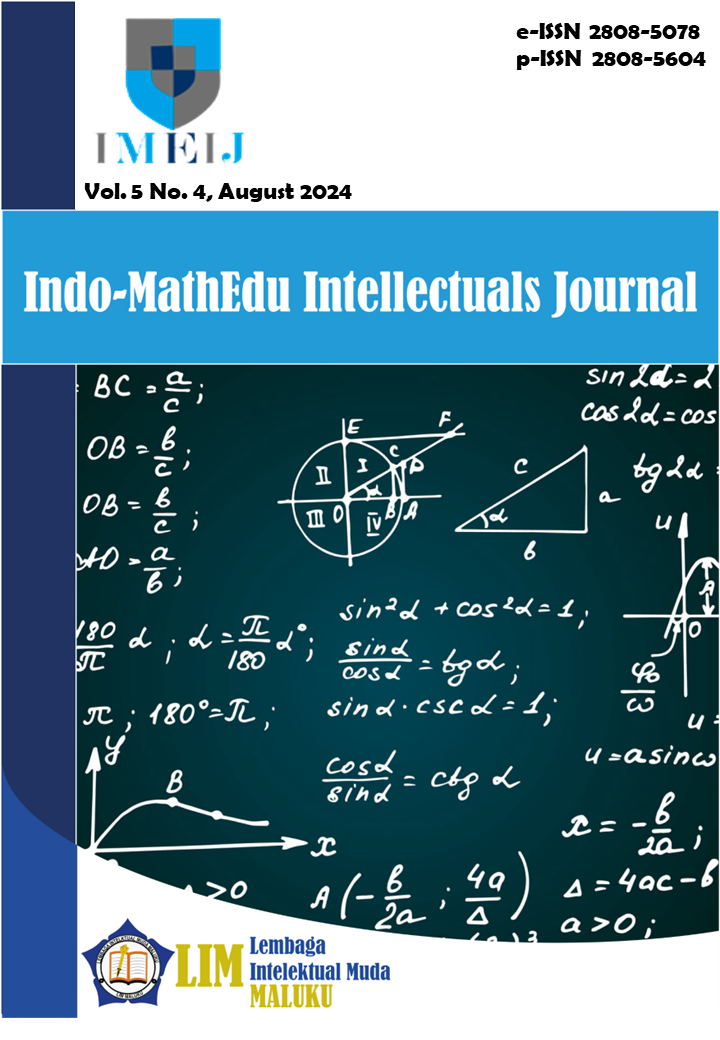Evaluasi Pelatihan Pembuatan Media Interaktif Berbasis Powtoon Bagi Guru SD Muhammadiyah Berok Menggunakan Model CIPP
Main Article Content
Abstract
The evaluation of this training is needed to ensure the achievement of the goals that have been set. The evaluative approach used is to use the CIPP model which consists of context, process, and product. The method used in this study is the mixed methods method, which combines quantitative and qualitative methods to be used together in a research activity, so that more comprehensive, valid, reliable, and objective data is obtained. In the implementation of the training, the percentage of students obtained stated "Very Good" from vulnerable 80% - 100% as many as 9 teachers, and the percentage of "Good" assessment from vulnerable 60% - 79% as many as 2 teachers while the percentage of "Poor" and "Very Poor" with a percentage of 40% - 59% and ≤39% was 0 out of a total of 11 students who participated in the training. The results of this study show that the ability of the trainees has significantly increased, as shown by the data that 81.81% of participants (teachers) have succeeded in achieving their goals in participating in the training. The CIPP model has proven to be effective in evaluating Powtoon-based interactive media making training for elementary school teachers. The implementation of the recommendations resulting from this evaluation is expected to improve the quality of training and ultimately improve the quality of learning in elementary schools.

